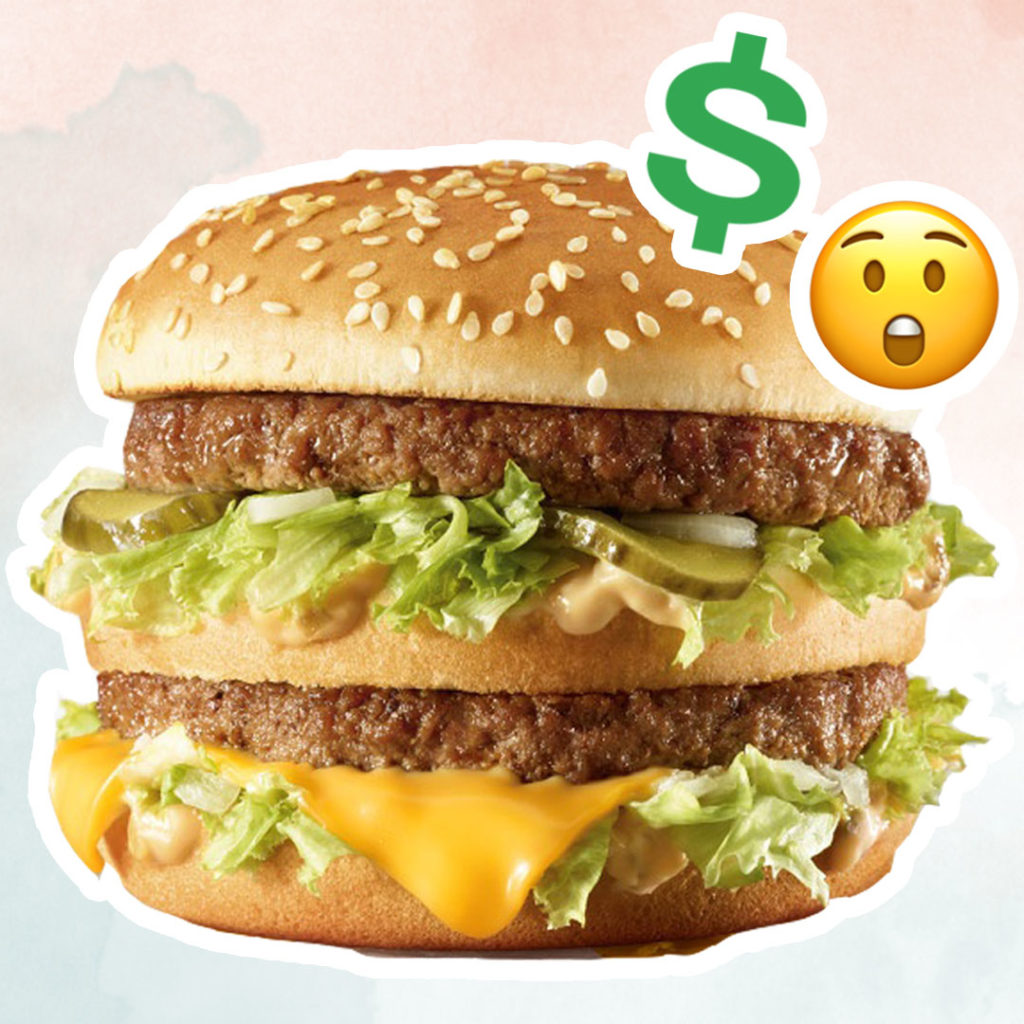What is the real cost of a burger? What are the implications in the production of beef? The resources required to produce a burger are quite costly, and cattle grazing is the leading cost of deforestation.
Other economic externalities for what a beef burger should cost include its climate effects. These include but aren’t limited to the increase in forest fires such as the recent Amazon rainforest fire, and algal blooms that harm ocean life.
Factory farming is also a main driver in pollution, as manure and waste lagoons can contaminate local waterways and spread disease such as e. coli, salmonella, and staphylococcus aureus. Due to cramped conditions and rampant disease, factory farms inject animals with antibiotics, which is a leading cause in the antibiotic resistance crisis in humans. Additional health effects of fast food consumption include an increased likelihood of developing heart disease, type II diabetes, and certain forms of cancer.
Plant-based meats are revolutionizing the industry, as they require fewer resources and have a significantly lighter carbon footprint. So – what is the real cost of a burger? It’s tough to pin down, but if the price did accurately reflect the true costs, one thing’s for sure: we’d all be eating a lot less meat.


